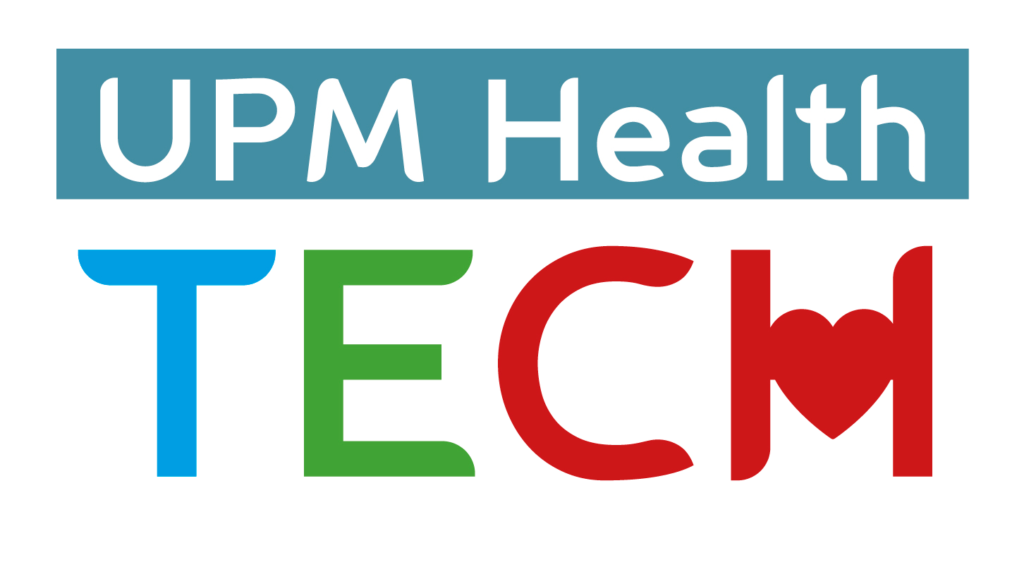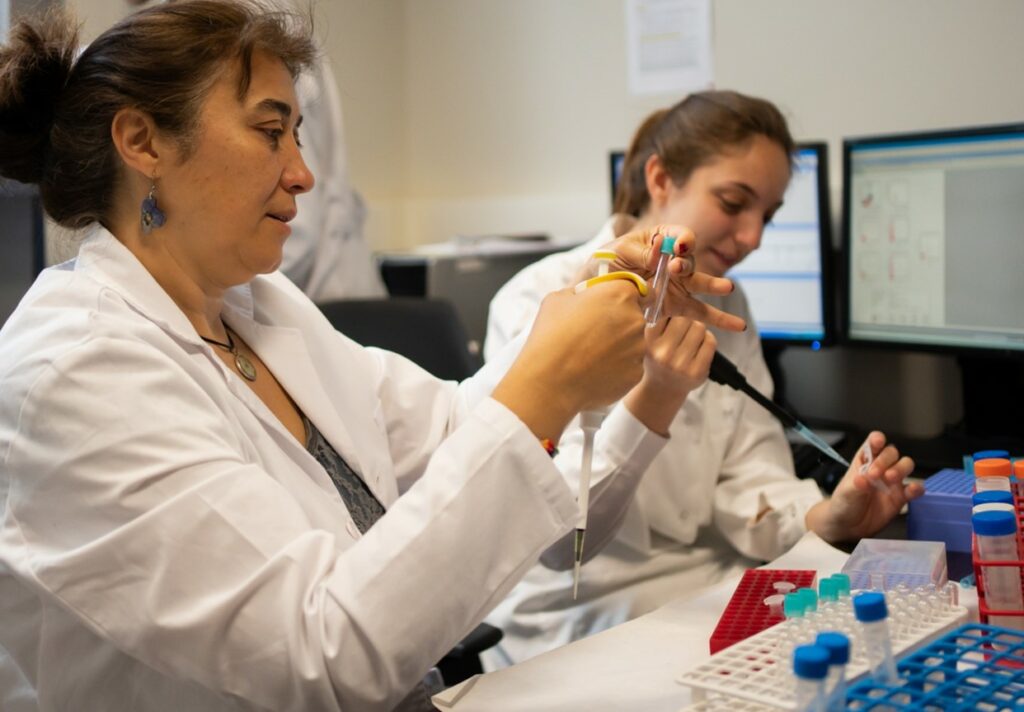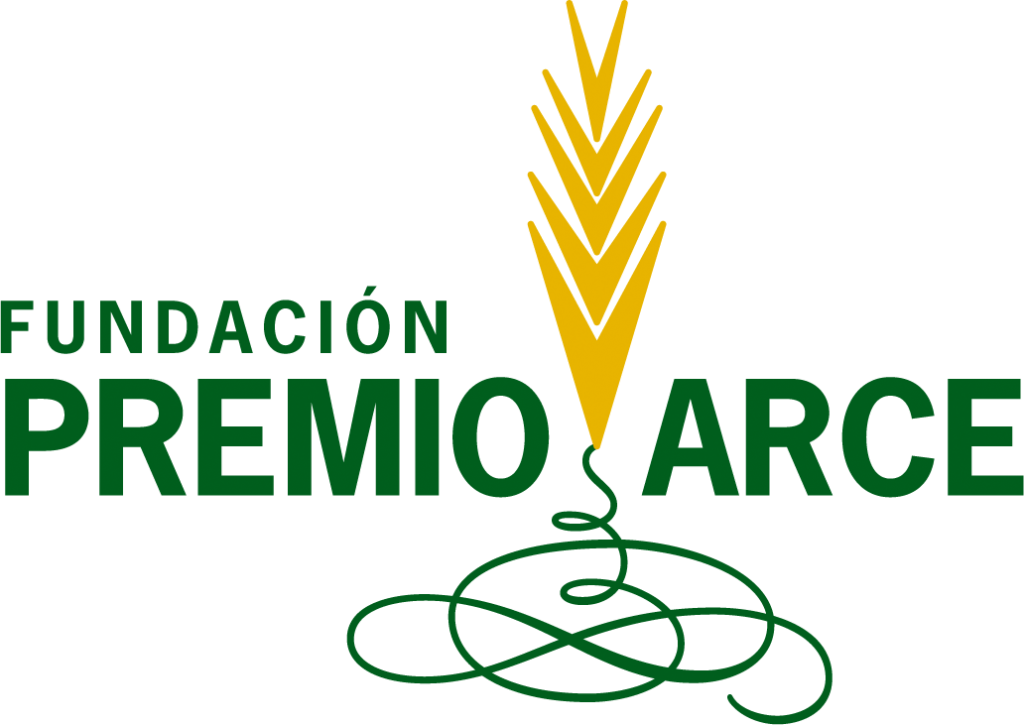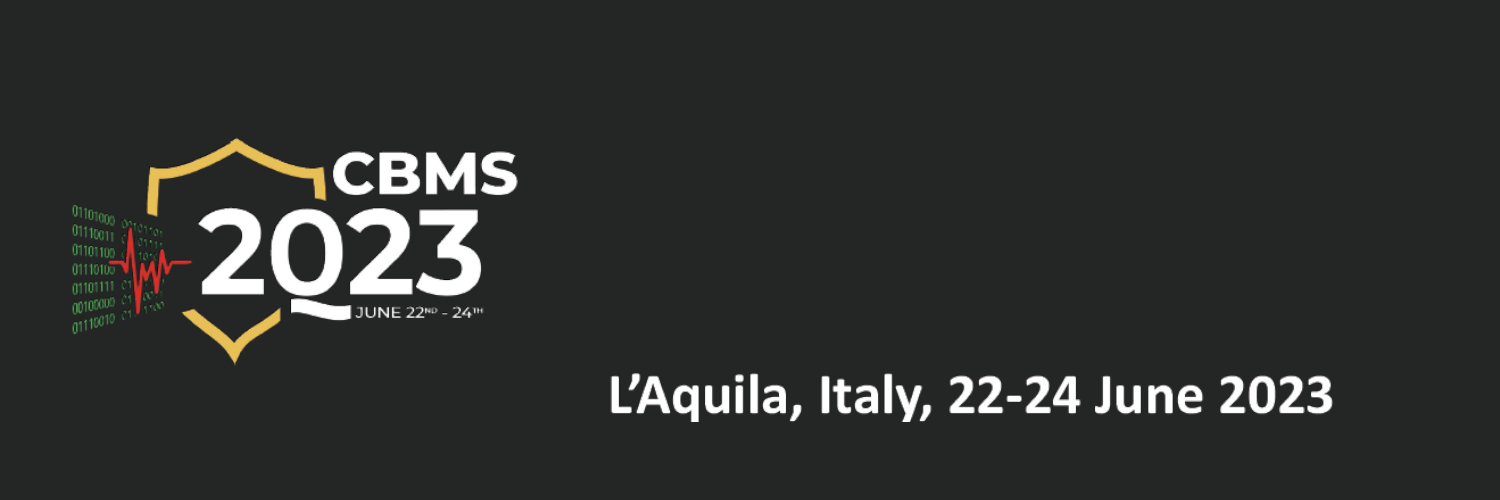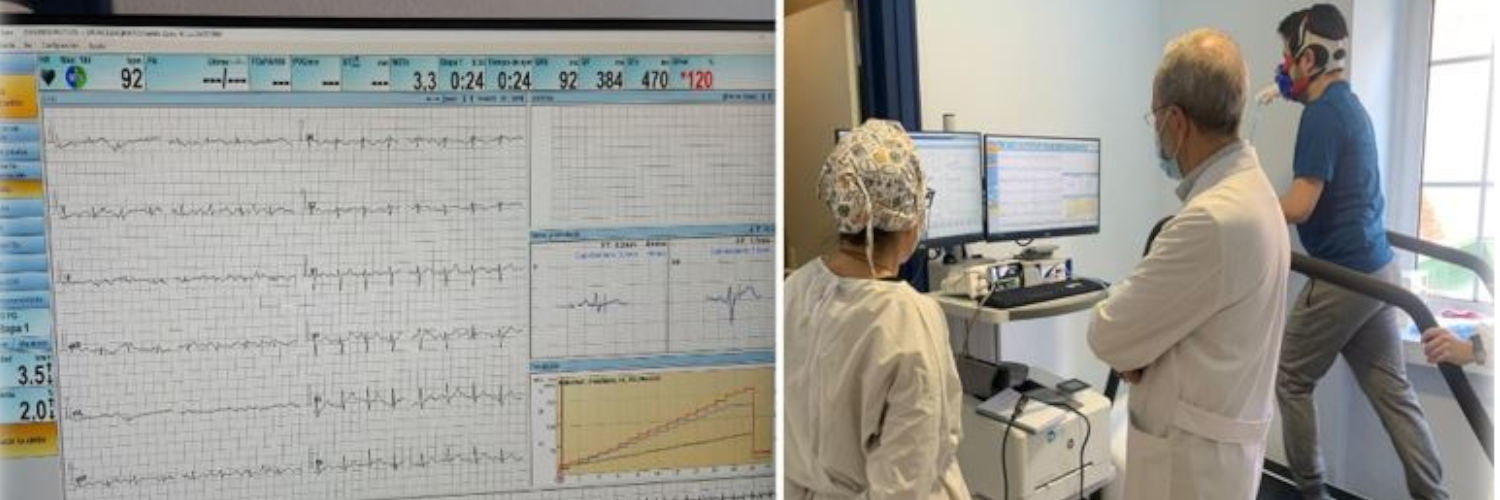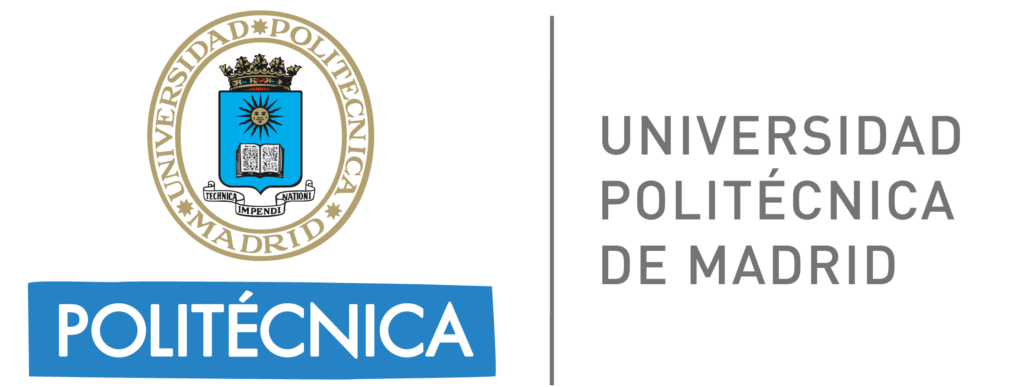Protein expression profiles are directly related to the different properties of cells, for example, with resistance to cancer treatment drugs. This is the line of work of the researcher Carmen Ramírez-Castillejo, professor at the School of Agricultural, Food and Biosystems Engineering (ETSIAAB) and researcher at the Center for Biomedical Technology (CTB-UPM), member of the Health Technologies Research Group (HST) and the Oncology Group of the Health Research Institute of the Hospital Clínico San Carlos (IdISSC).
A paper whose first author is the UPM Predoctoral Researcher Marta Sánchez Díez, has recently been published in the journal Biomedicines (Biomedicines 2022, 10, 1083), which points out the presence of certain proteins related to tumor resistance, and with application in the prediction of responses to chemotherapy of different tumors.
Likewise, these results are the foundation for studies on new treatments for tumors that are currently resistant to conventional chemotherapies.Europe accounts for a quarter of global cancer cases, despite having less than 10% of the world’s population. It is a major problem for Europe and, although survival rates have improved enormously in recent decades, cancer remains one of the leading causes of death (1.2 million deaths per year in the EU). One of the main objectives of Carmen’s work is to predict the response of cancer patients to treatments, thus anticipating the appearance of metastases, enabling better treatments and advancing personalized treatments.
Fundación Premio Arce
The Fundación Premio Arce is a non-profit organization whose founding principles include promoting and encouraging scientific research. In this sense, Carmen Ramírez-Castillejo leads a project on a predictive algorithm for future relapses in cancer patients, capable of anticipating the appearance of metastasis before it is confirmed by imaging tests.
The project, with the intermediation of the foundation, is open to donations from individuals and companies that wish to collaborate in the development of this research and its future implementation in the health service. The specific details of how to make a donation can be consulted at this link.
